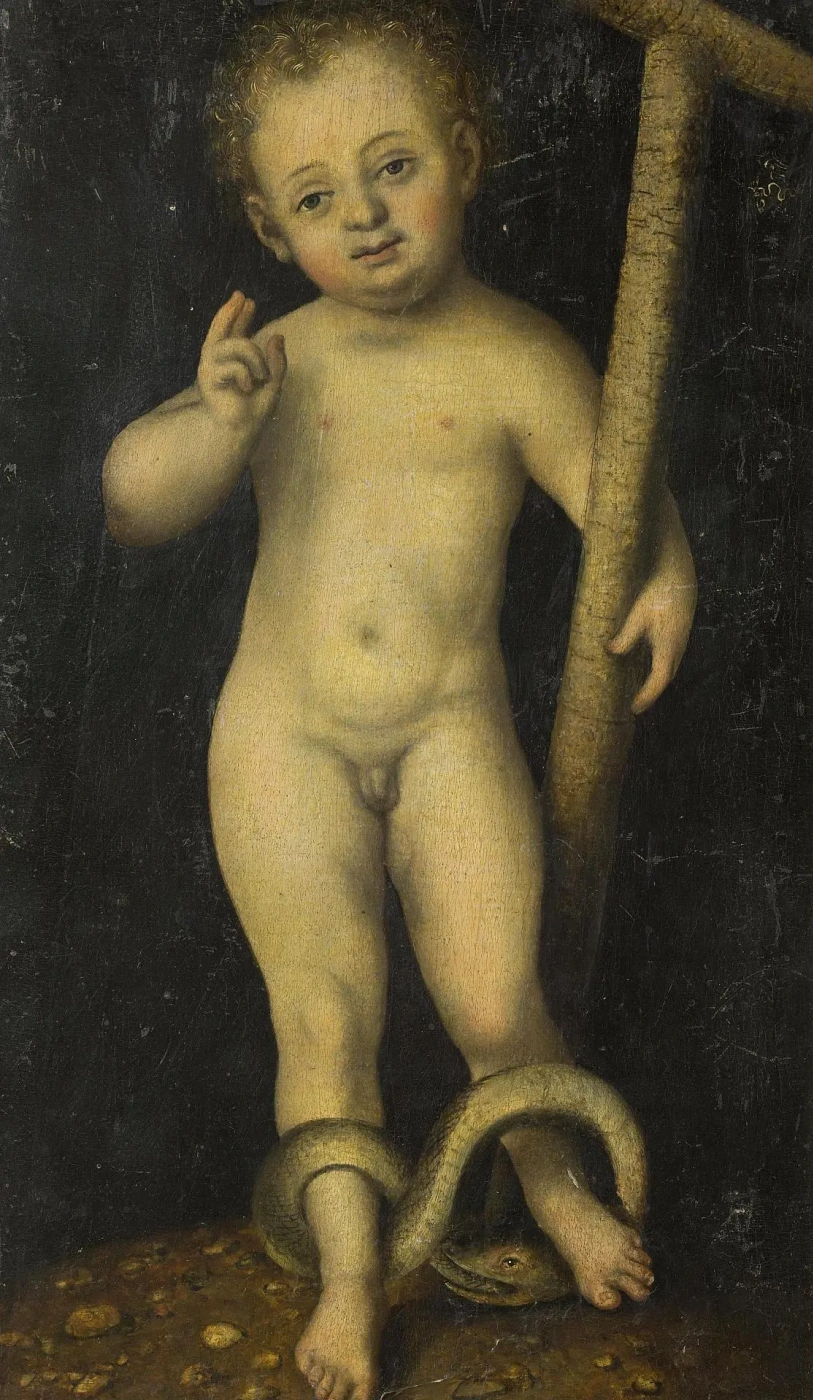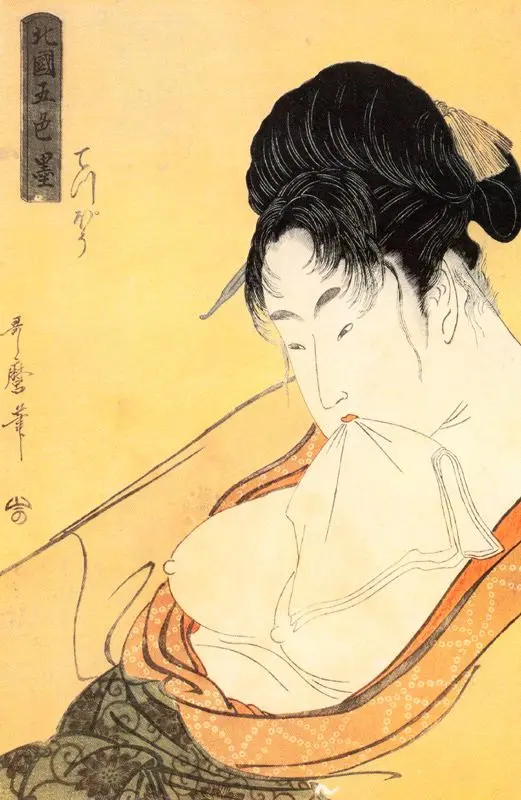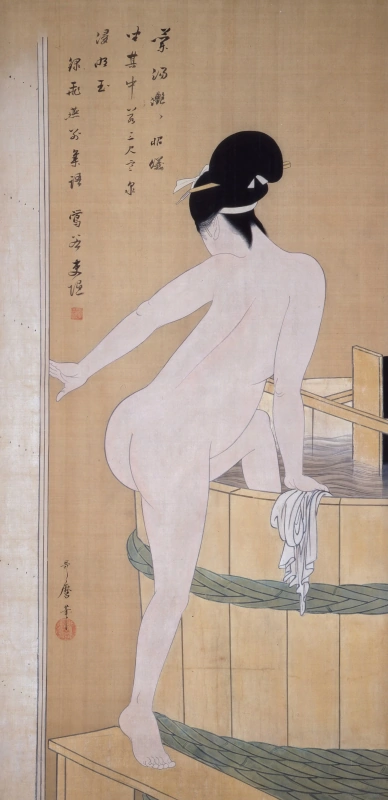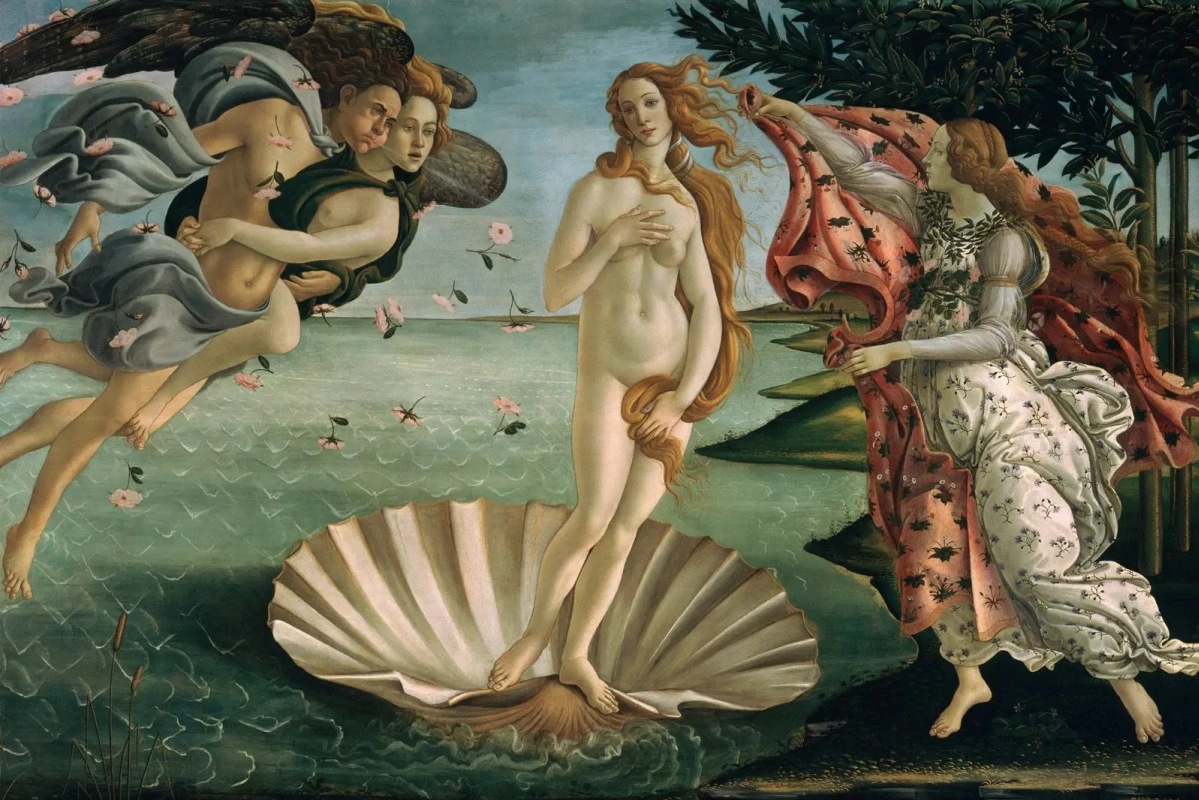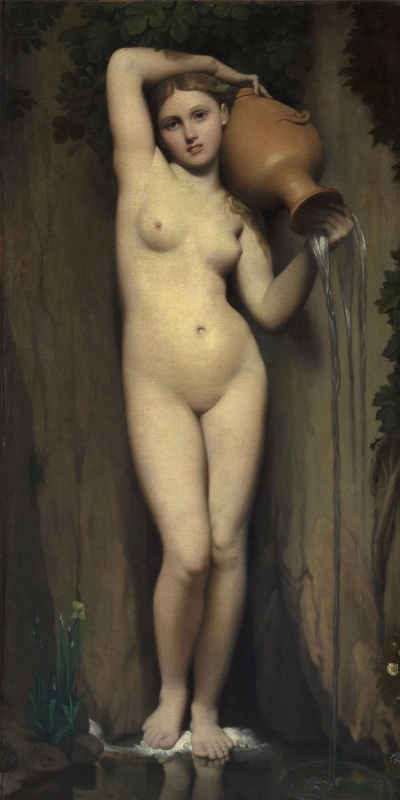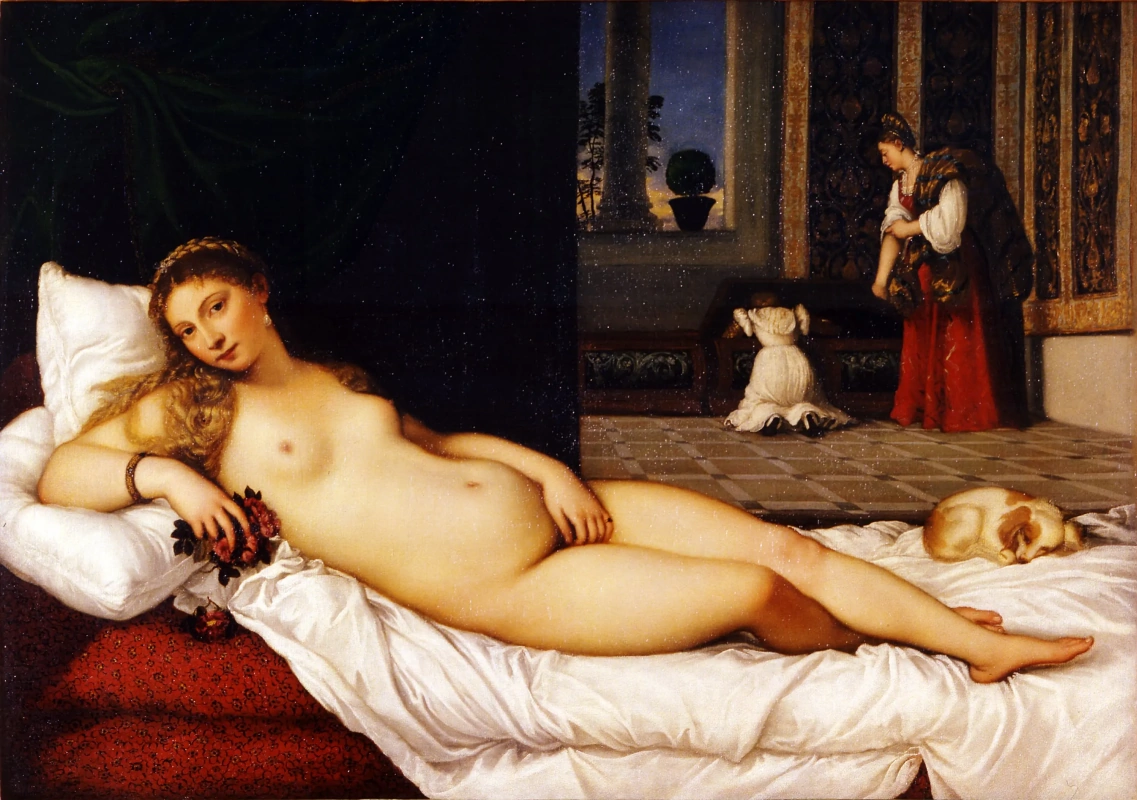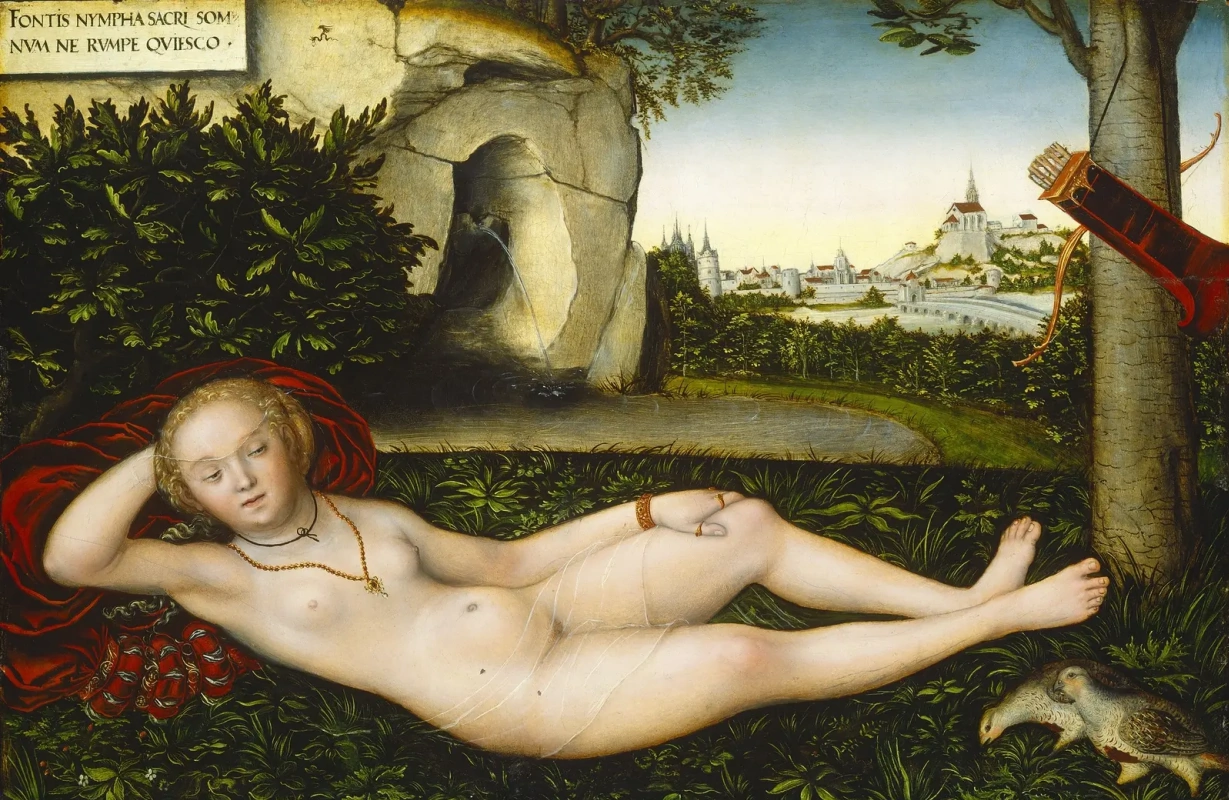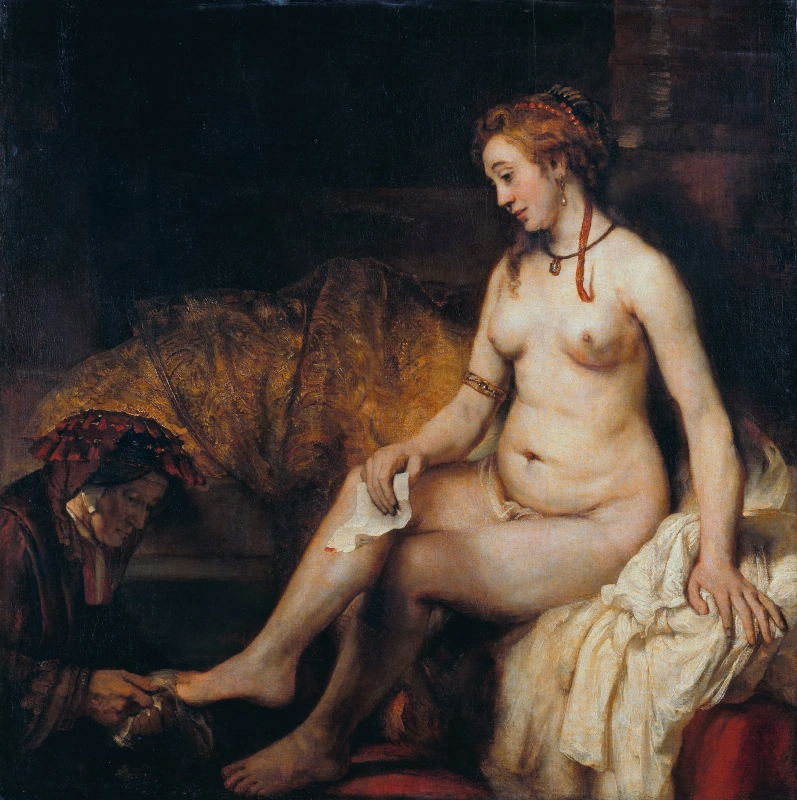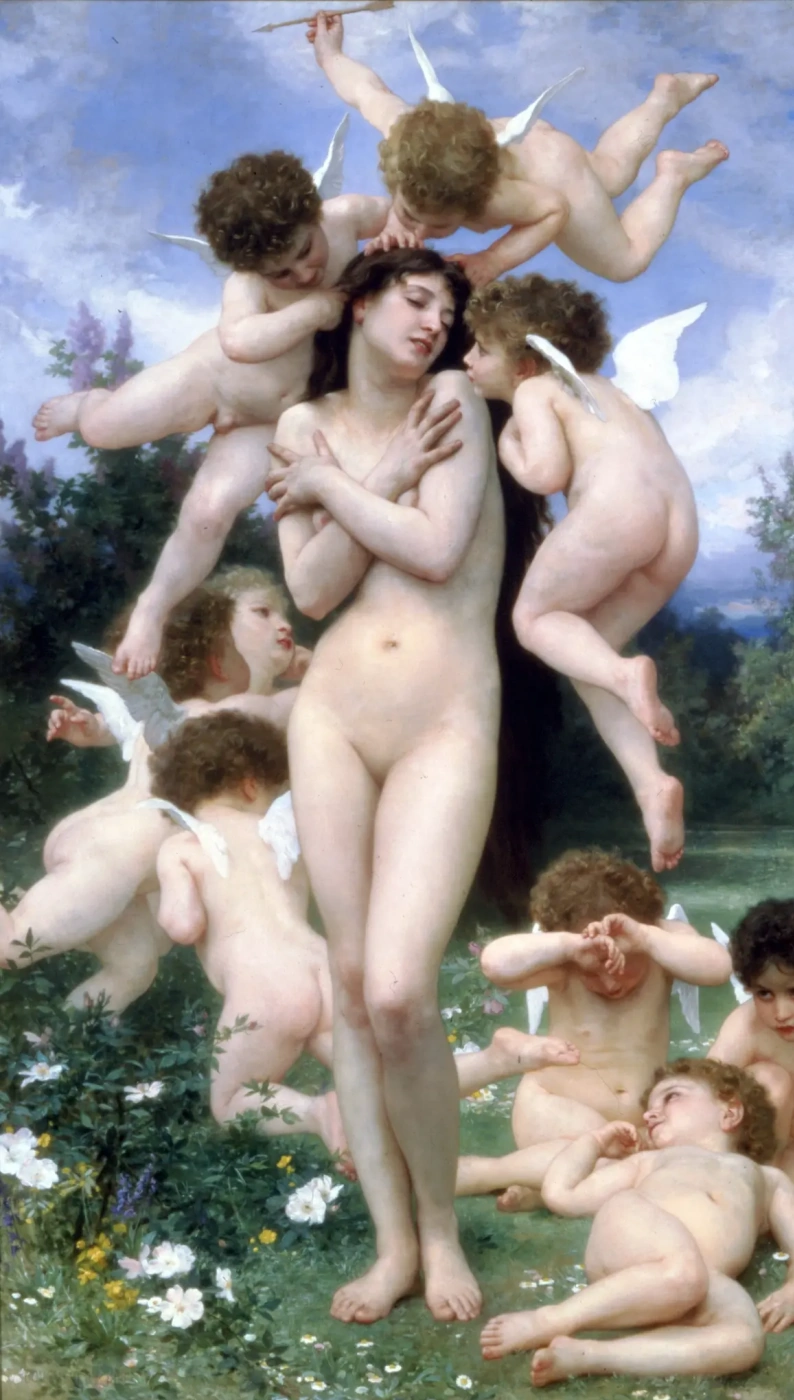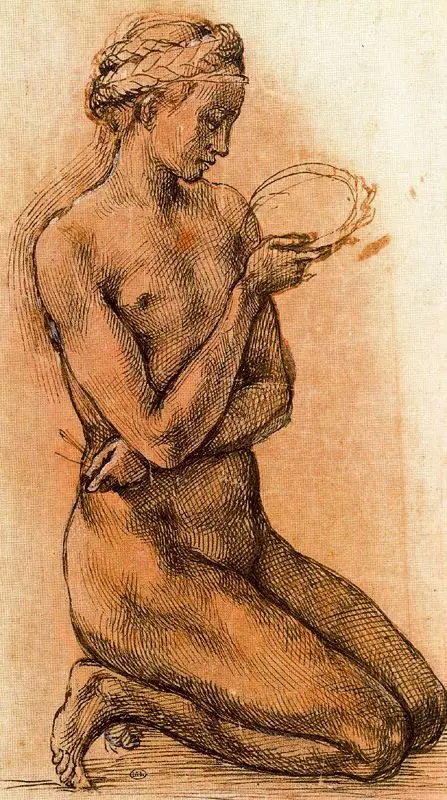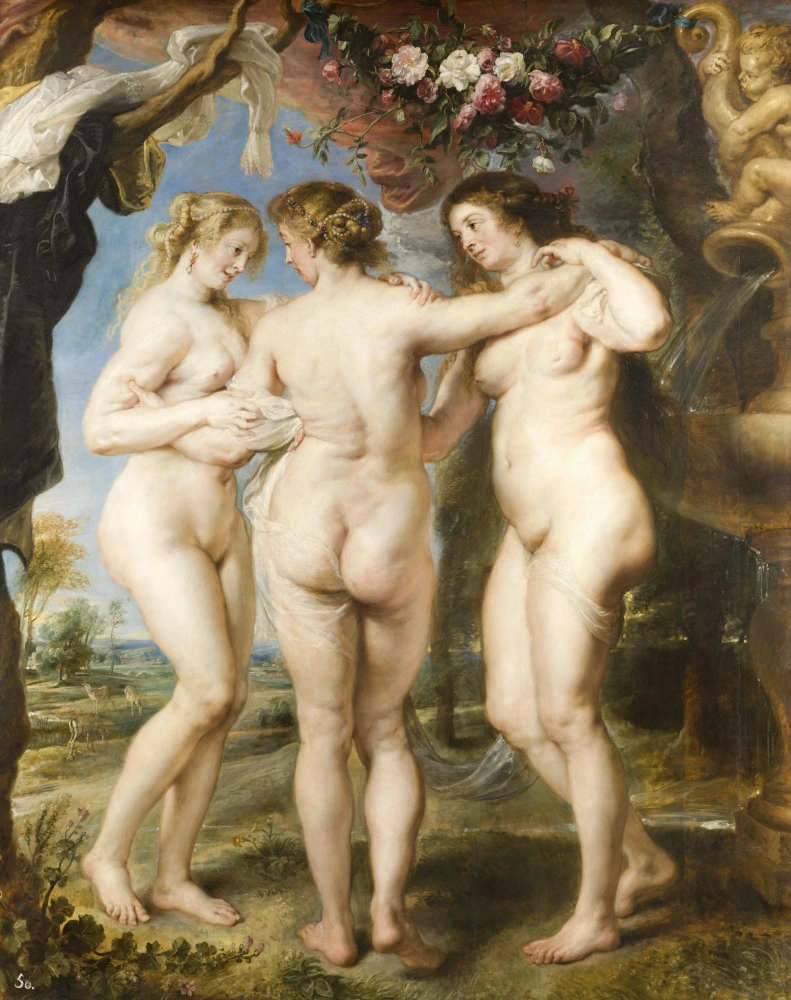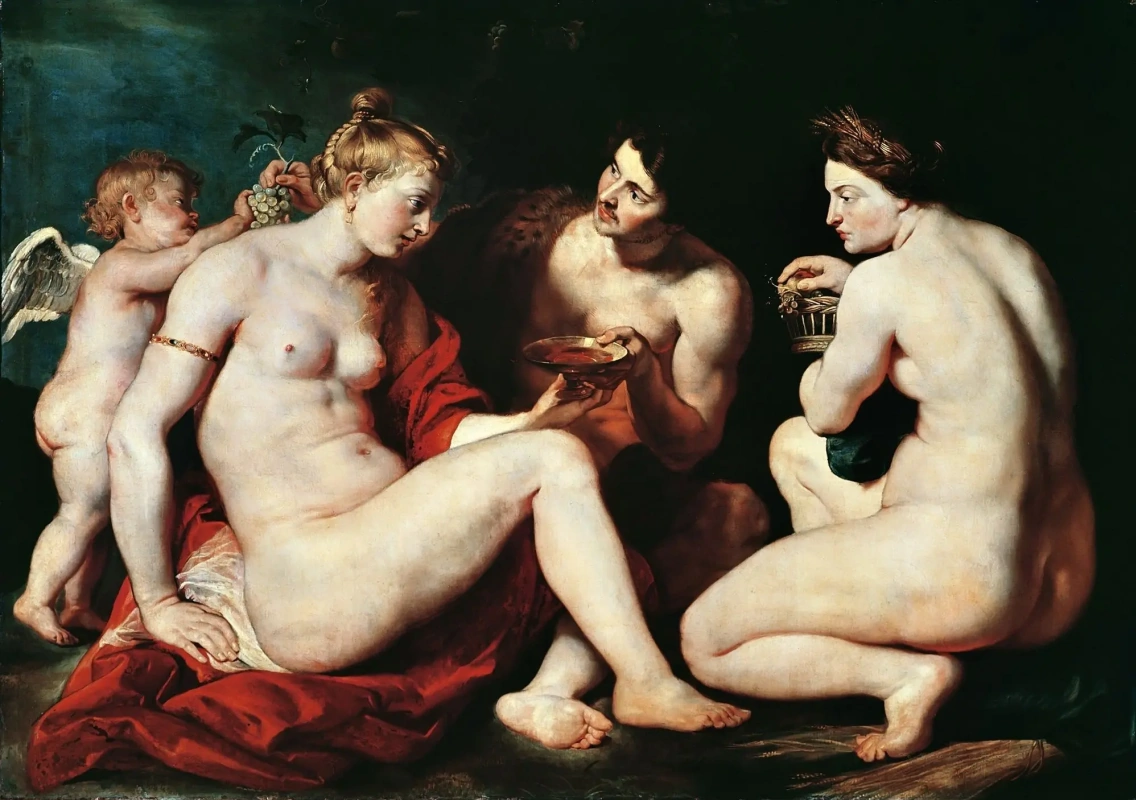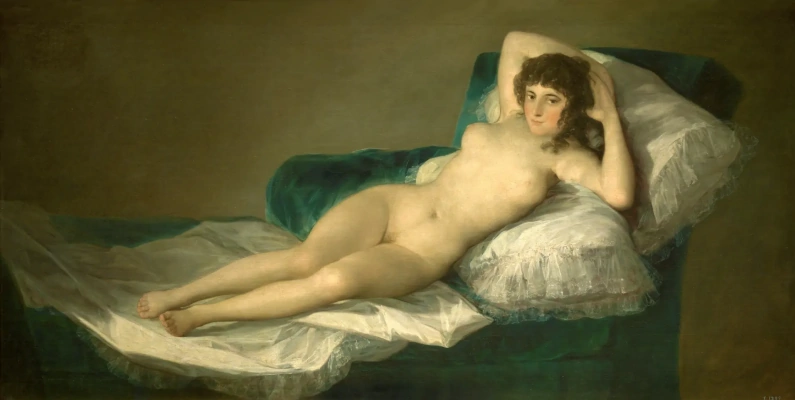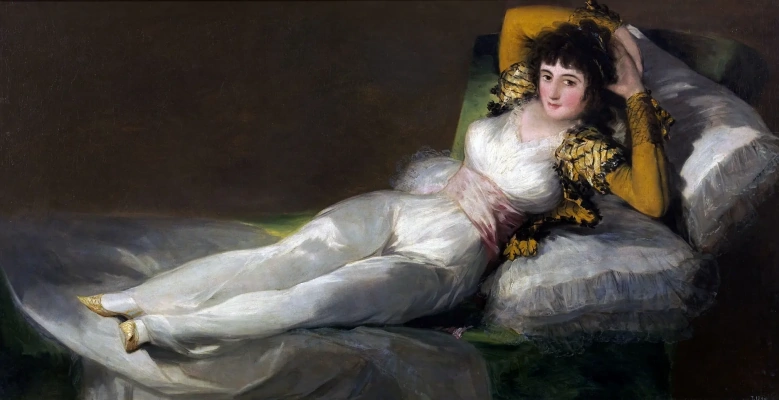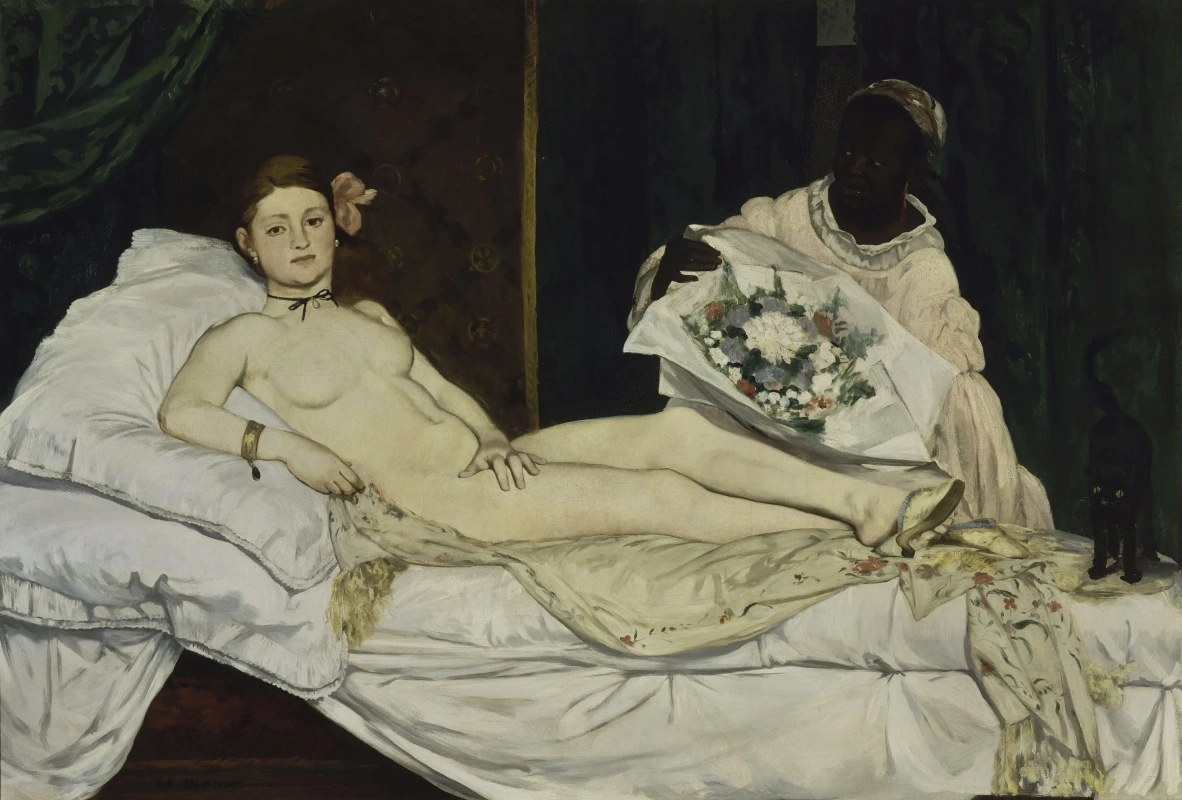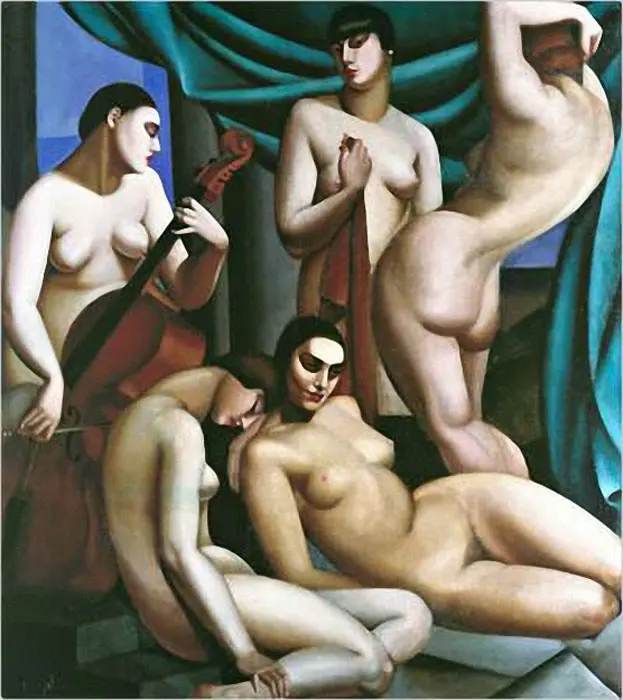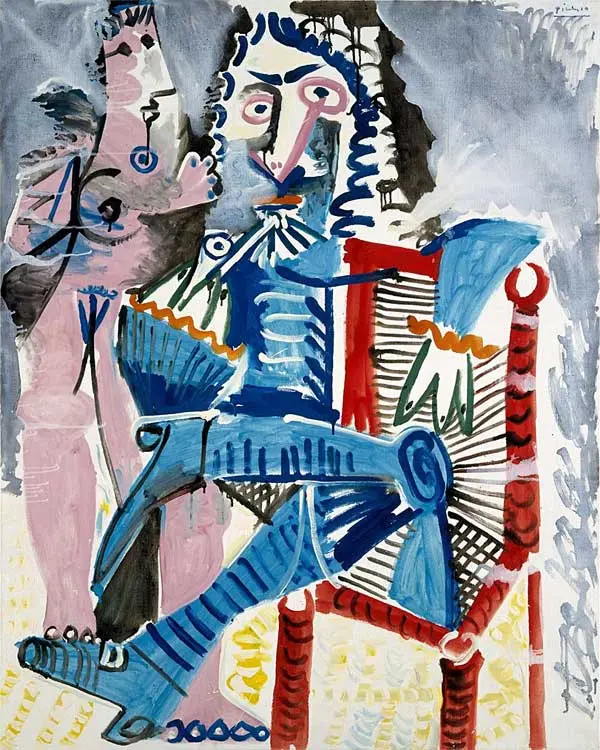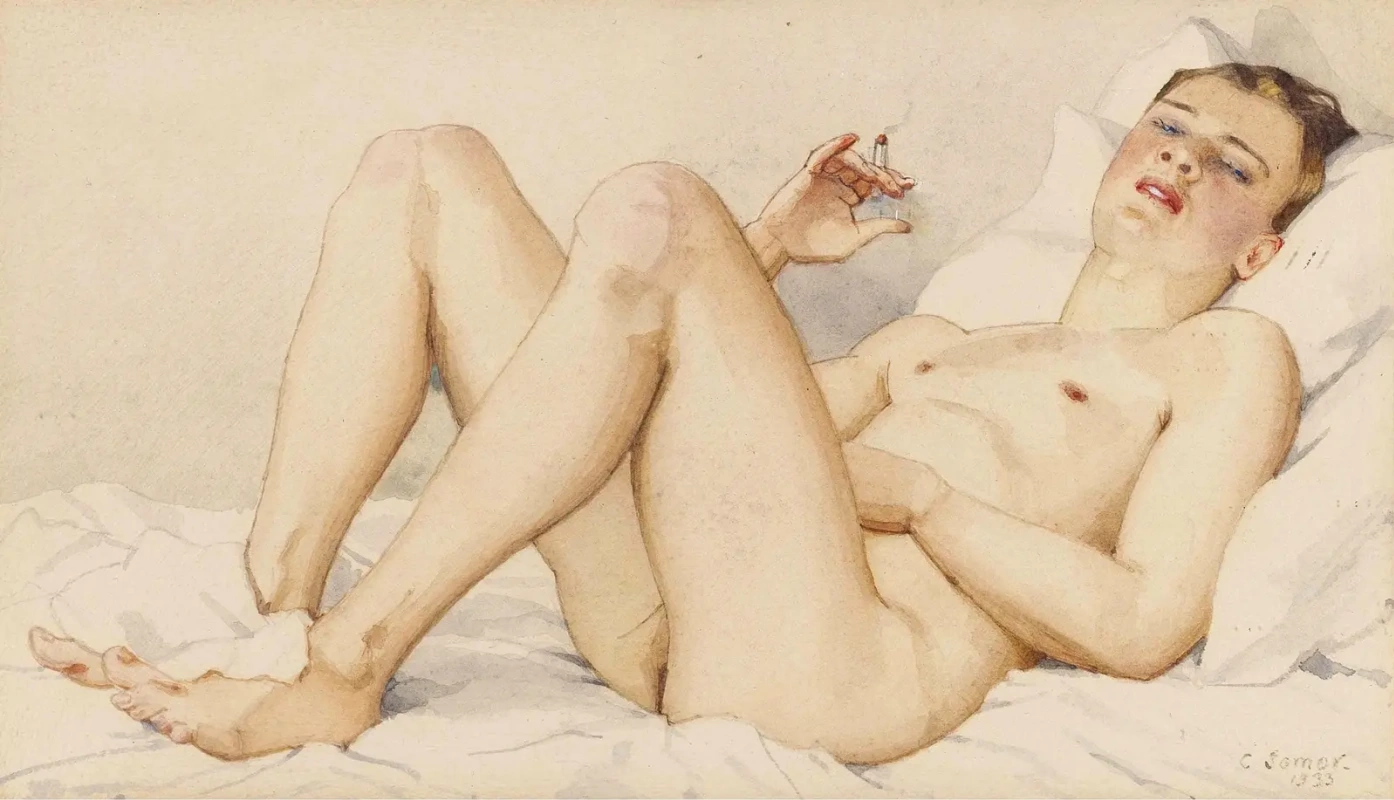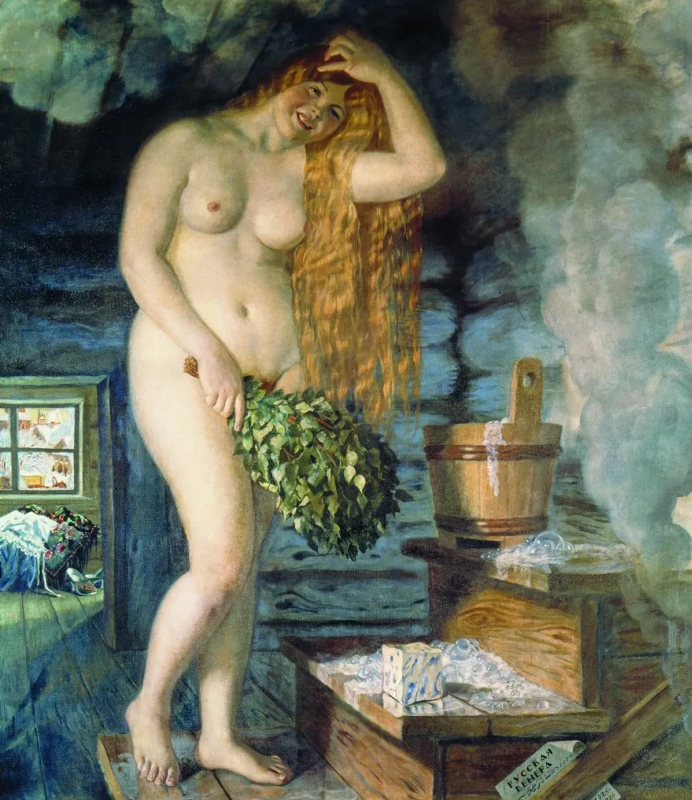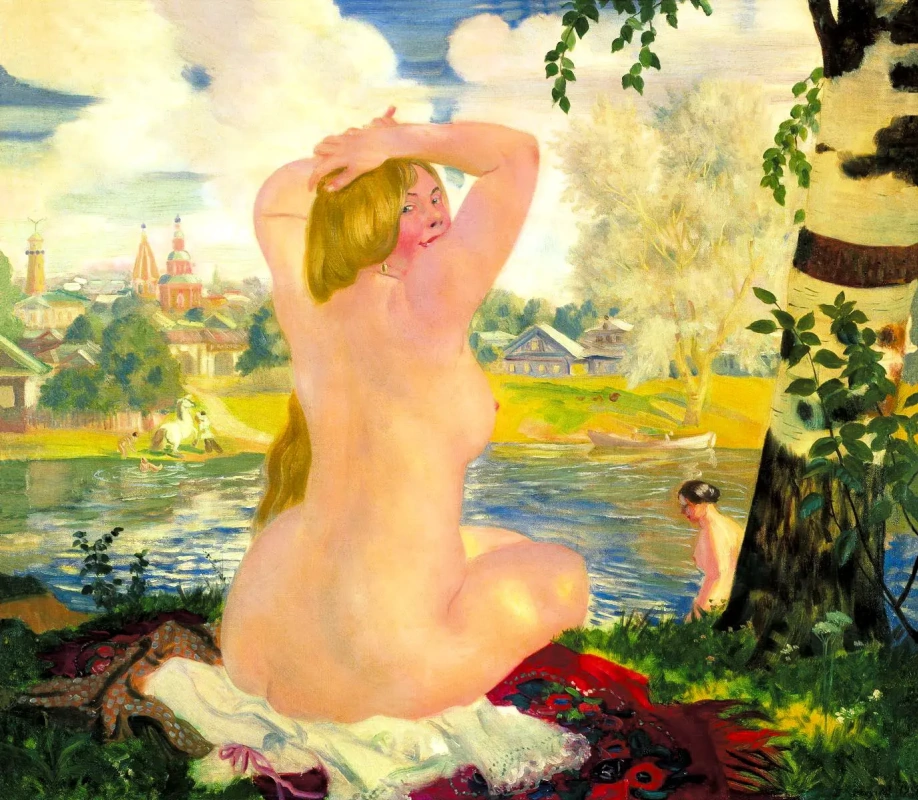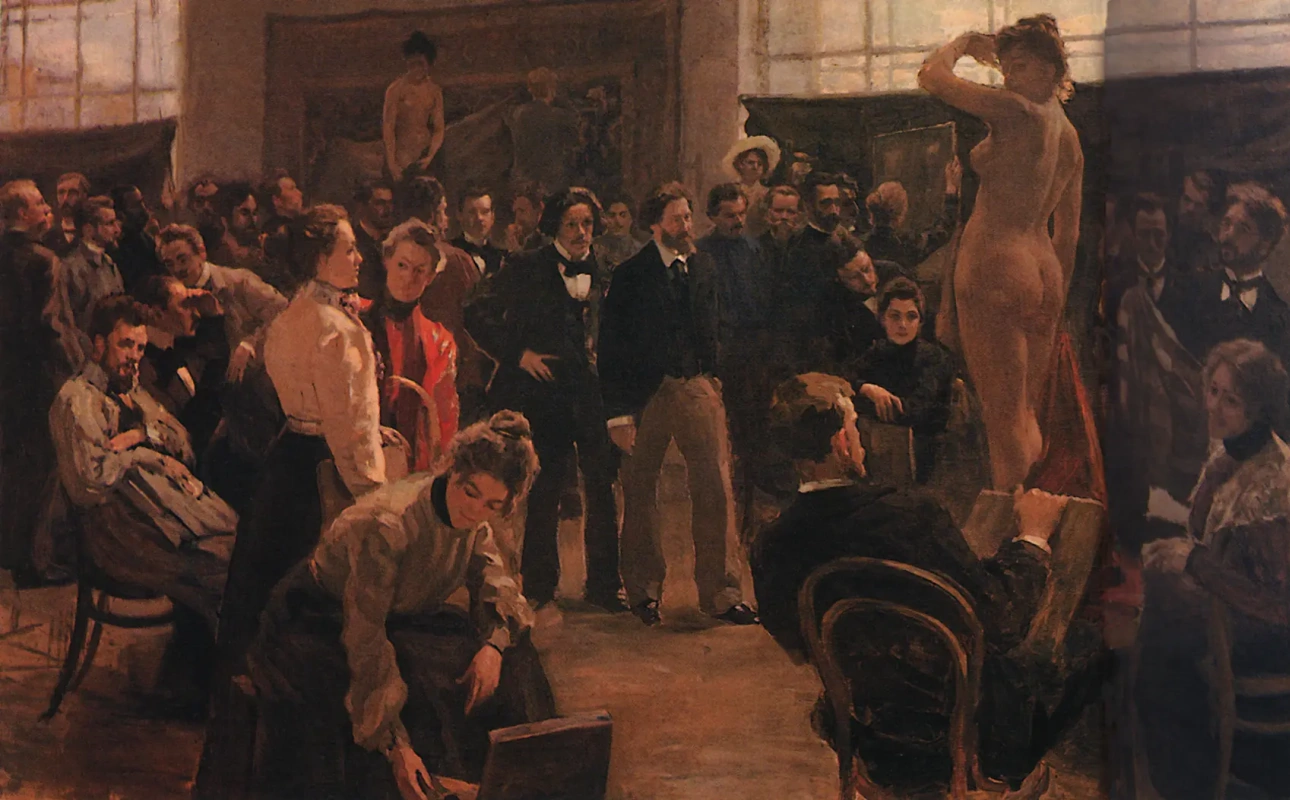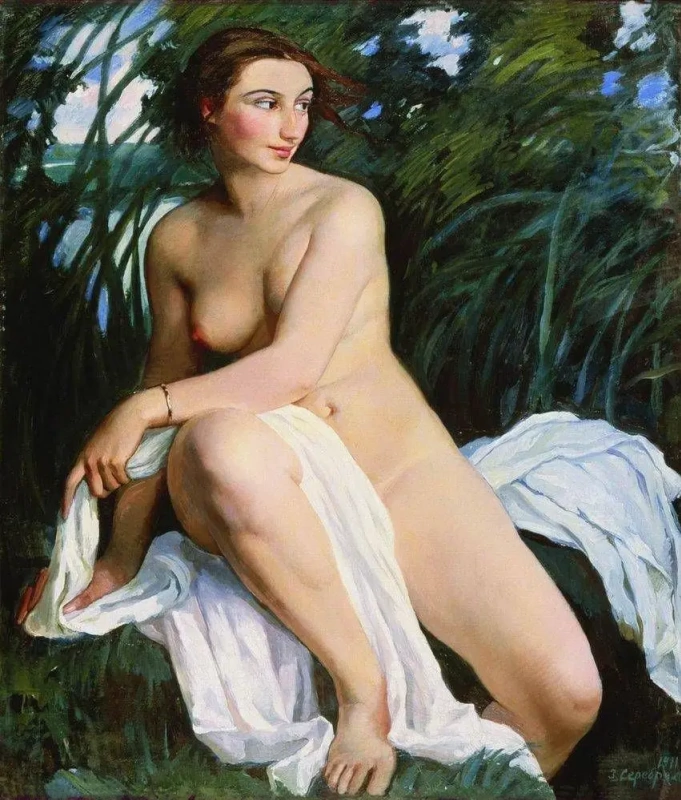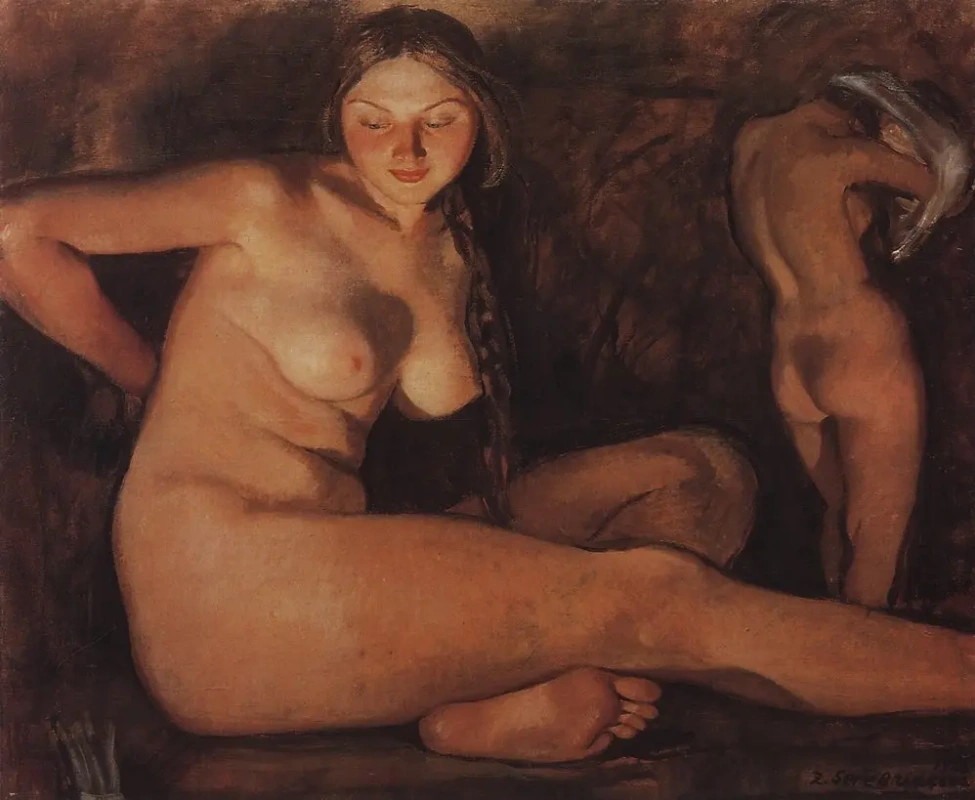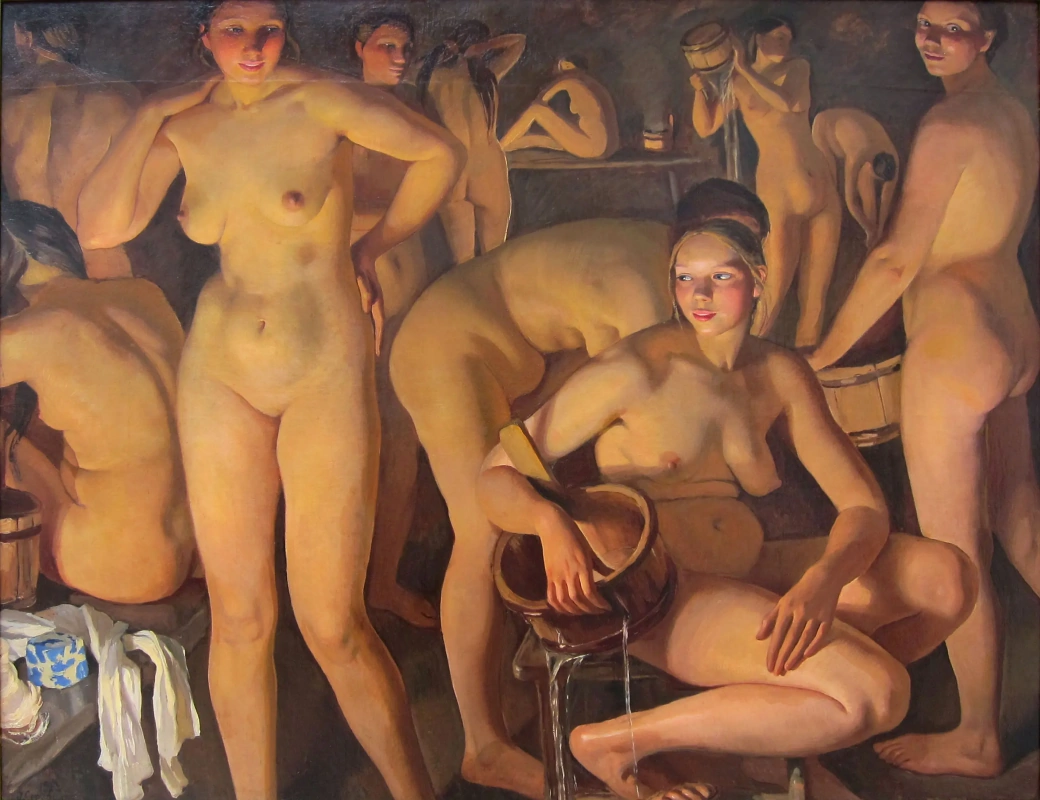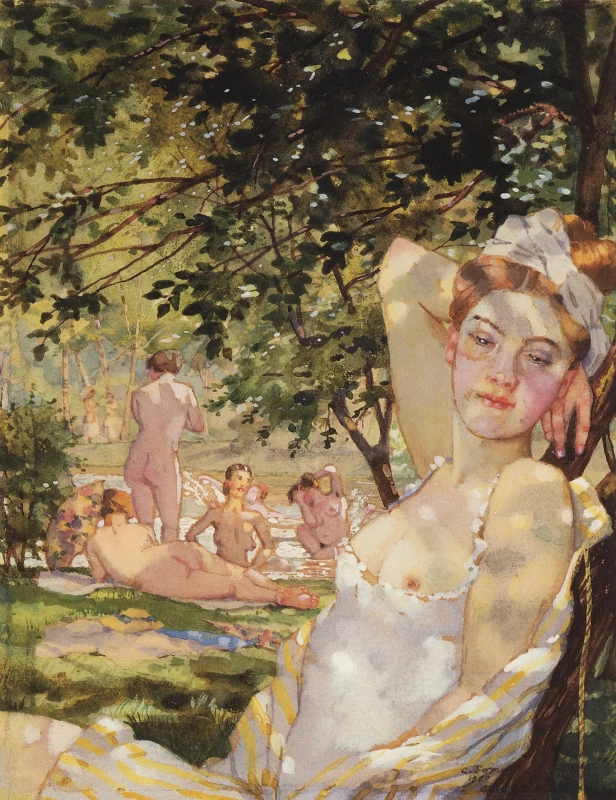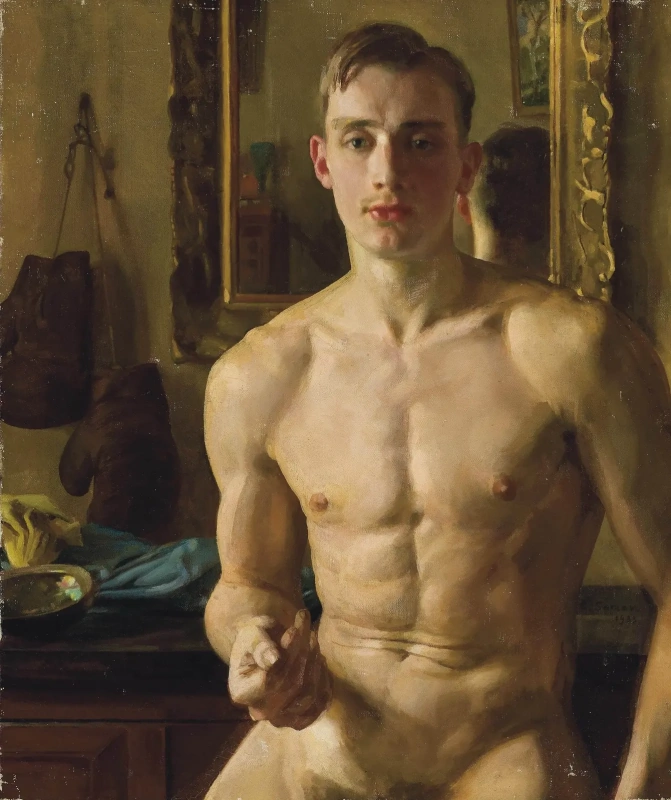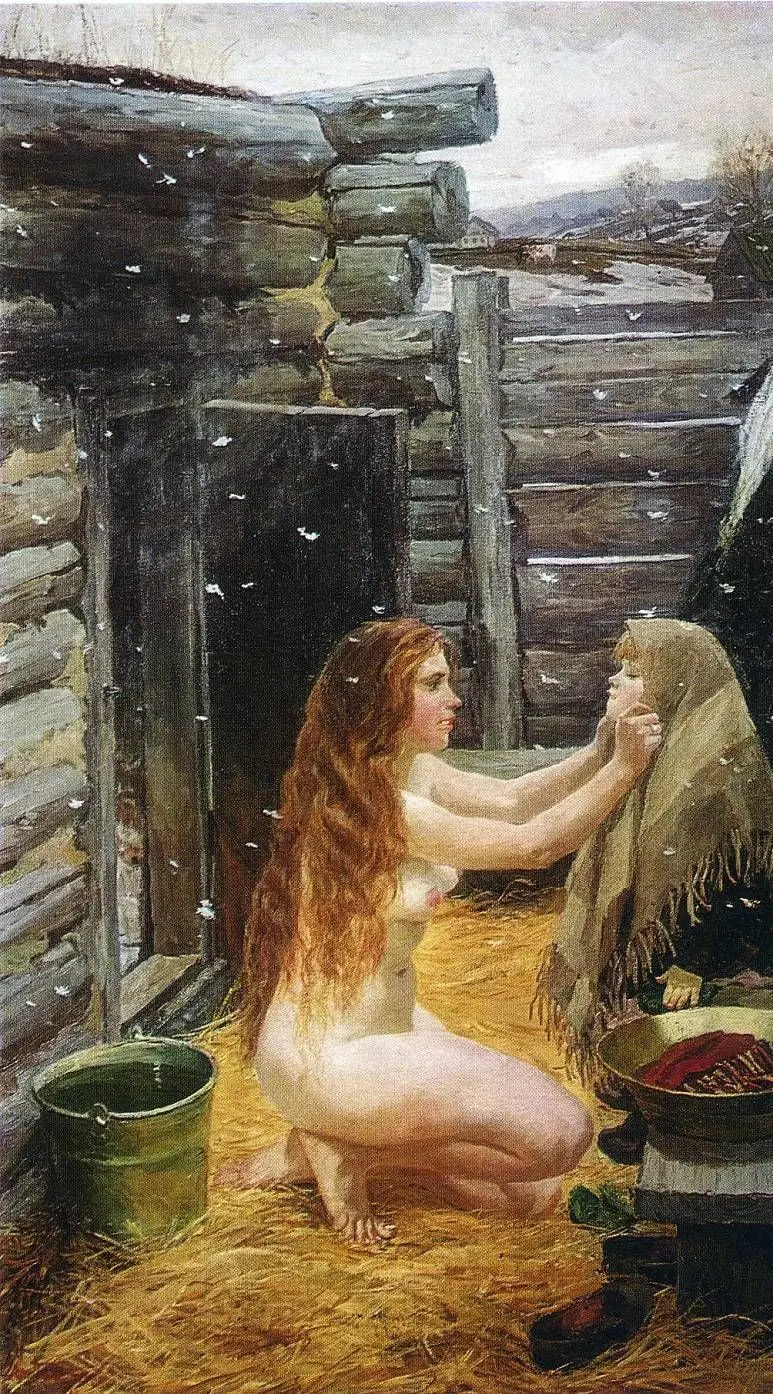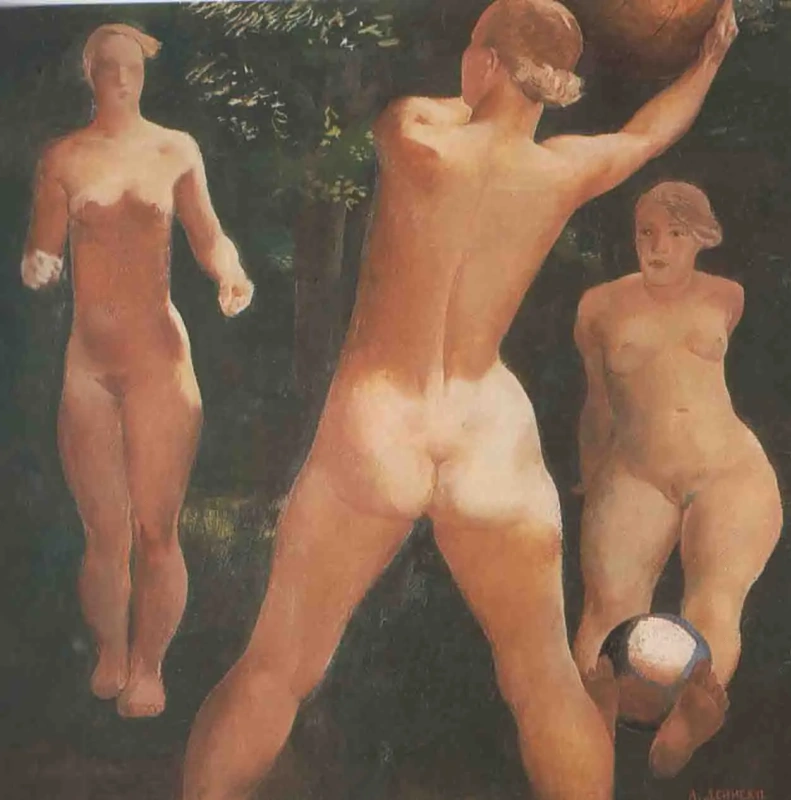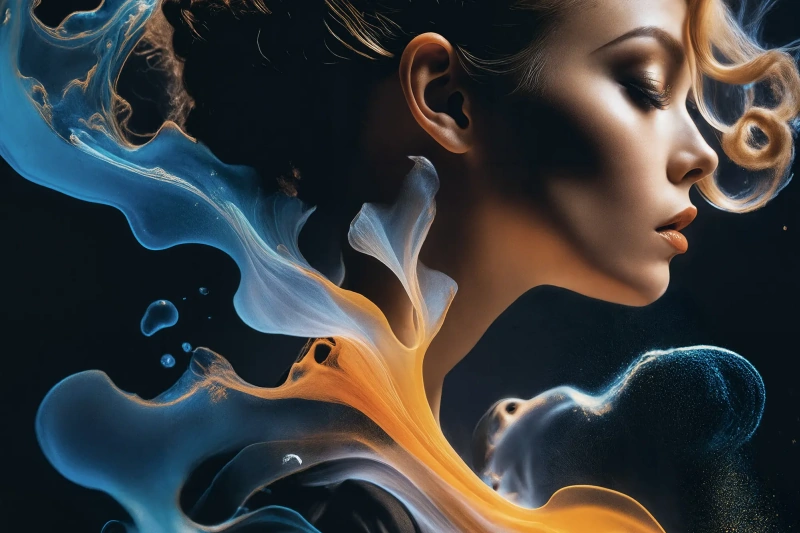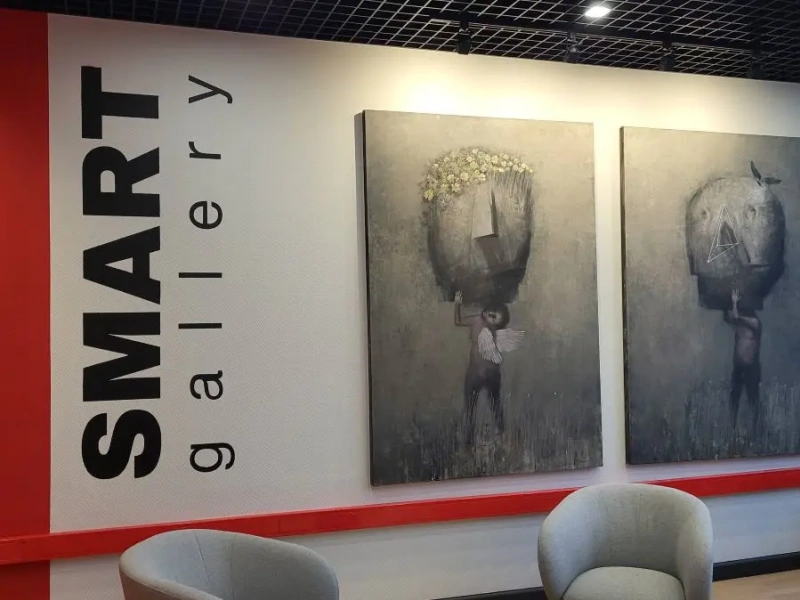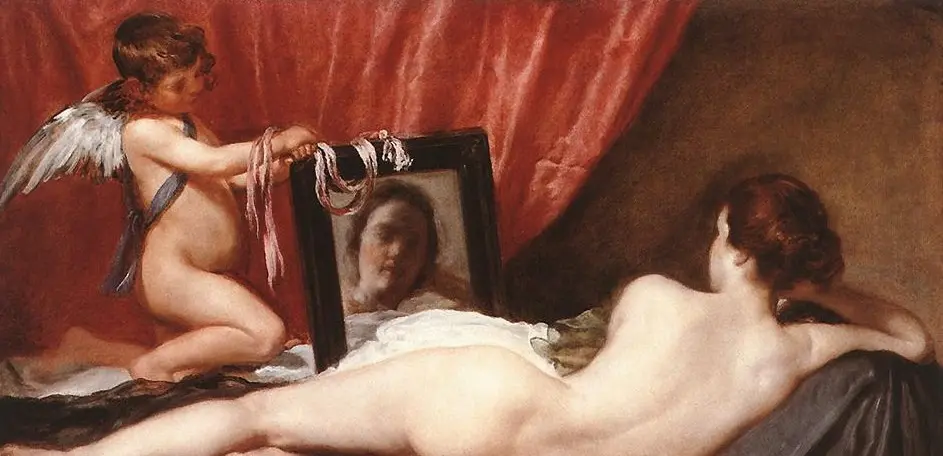

In the 4th century BC, the celebrated Greek sculptor Praxiteles created a statue of Aphrodite called the Knidian, with proportions based on mathematical ratios, which established a new standard for a female nude.
With the rise of Christianity, depiction of human nudity started symbolising sin and lewdness, not only in Western Europe, but also in Byzantine art. The exceptions were only made for Adam and Eve, and for Last Judgment scenes. In the late medieval period, nude figures could be found in miniature illustrations on the pages of illuminated manuscripts, and as pictures representing the Signs of the Zodiac. Christ’s naked body was supposed to display his haggard look and his wounds, and by no means his sexual identity. However, the infant Jesus was often portrayed with his penis exposed in the scenes of the Circumcision, for obvious theological reasons of how to interpret Biblical subjects.
The tradition was picked up by Michelangelo, who included nude subjects in the murals of the Sistine Chapel and made the most renowned nude male sculpture — his own version of David. Michelangelo’s five-metre-high David shows the ancient hero who, unlike Donatello’s, is but just going to confront Goliath.
Raphael is usually credited as the first artist who used naked female models when working on his paintings. Previously, models for female figures had been young men and boys, with breasts added in the drawings. It is commonly believed that no other but Raphael dropped this practice and asked women to sit for him instead.
In the USSR, artists were very careful about this genre and its subjects, and avoided parading their own nudes. One of the first nude pictures displayed to the public was Spring by Arkady Plastov. At the All-Union Art Exhibition in 1954, this canvas, for the first time after so many years, showed a naked female figure to the Soviet audience, which stirred up a lot of controversy.






